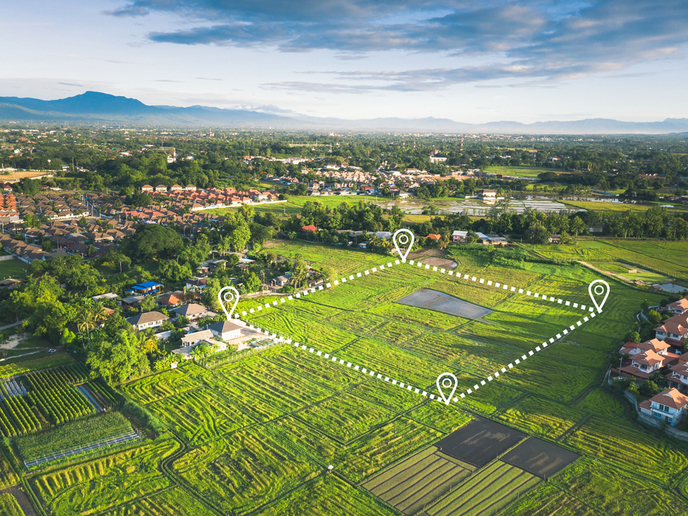Introducing agricultural models 2.0
Citizens want healthy diets and food at a reasonable price tag, while farmers rightfully demand a fair standard of living. So far, the EU has got along just fine in this delicate balancing act, and that’s in part thanks to agricultural projection models. But our climate is changing. We’re just not so sure what we’ll be able to produce in a few decades, how and at what cost and this is a pressing concern for the future of rural areas. As Floor Brouwer, research scholar at Wageningen Economic Research and executive coordinator of the EU-funded SUPREMA (SUpport for Policy RElevant Modelling of Agriculture) project, puts it: “Current models are unable to deal with the increasingly complex environment and the broadening of the required scope of analysis.” In other words, there is a growing gap between what policymakers need to maintain a viable agricultural sector and the capacity of the models they’ve been using so far. So, what can we do to close this gap? “We wanted to create new linkages between existing models – be it land use, food supply chain, Common Agricultural Policy (CAP) greening or climate mitigation – as well as to strengthen existing ones,” Brouwer says. “Once this was done, we improved the performance and capacity of these models, both individually and as a linked system, to integrate new policy challenges.”
On track to 2050
Essentially, the project explored possible future directions for agricultural modelling by means of scenario applications. They conducted a medium-term assessment of European agricultural policy pathways until 2030, as well as a long-term assessment of climate change goals until 2050. “The 2030 assessment focuses on the likes of greening the CAP and healthy diets, while the one for 2050 investigates issues such as the climate mitigation challenge, land use-related greenhouse gas emissions, and the mitigation potential of European agriculture,” Brouwer explains. Based on these assessments, the team could develop a roadmap pointing at future viable directions for agricultural modelling within the EU. The latter draws inspiration from the feedback of policy experts, value chain experts and the scientific community, and covers an extensive range of issues. These include recommendations to meet future global food demand, face environmental constraints such as water and land availability, as well as strategies to create a bio-based economy, all issues that matter for rural development more broadly. With all this work now completed, consortium partners have been focusing on training sessions over the past few months and will continue to do so at least until early 2021. As Brouwer points out: “We want researchers to be able to use our economic models, but we also intend to spread the word about new developments and enable all stakeholders to better understand model outputs.” All in all, SUPREMA’s improved implementation of agricultural models showcases the potential and limitations of agricultural models to answer present policy needs and requirements related to future EU agriculture. Meanwhile, the project’s roadmap – an updated version of which will soon be presented to the European Commission – will provide a range of valuable options to make existing models future-proof.
Keywords
SUPREMA, agricultural models, agricultural policy, projection, 2050, climate change



